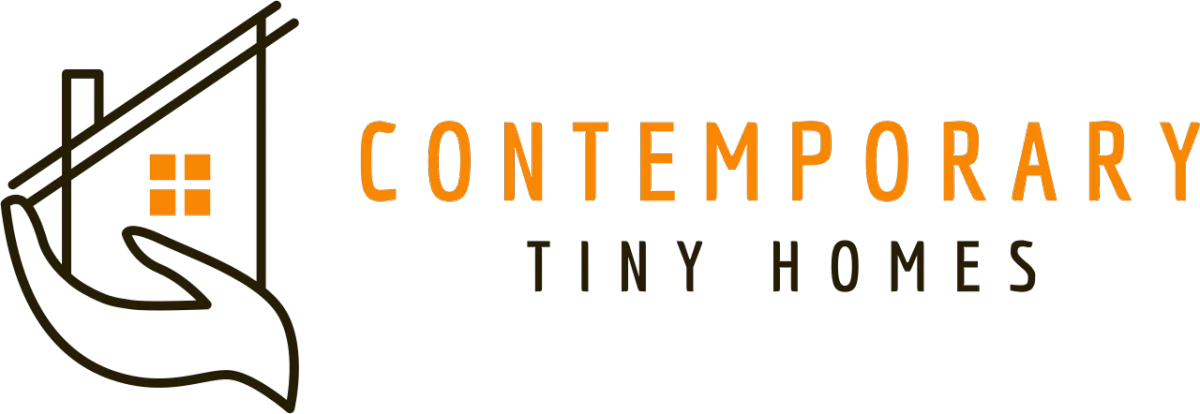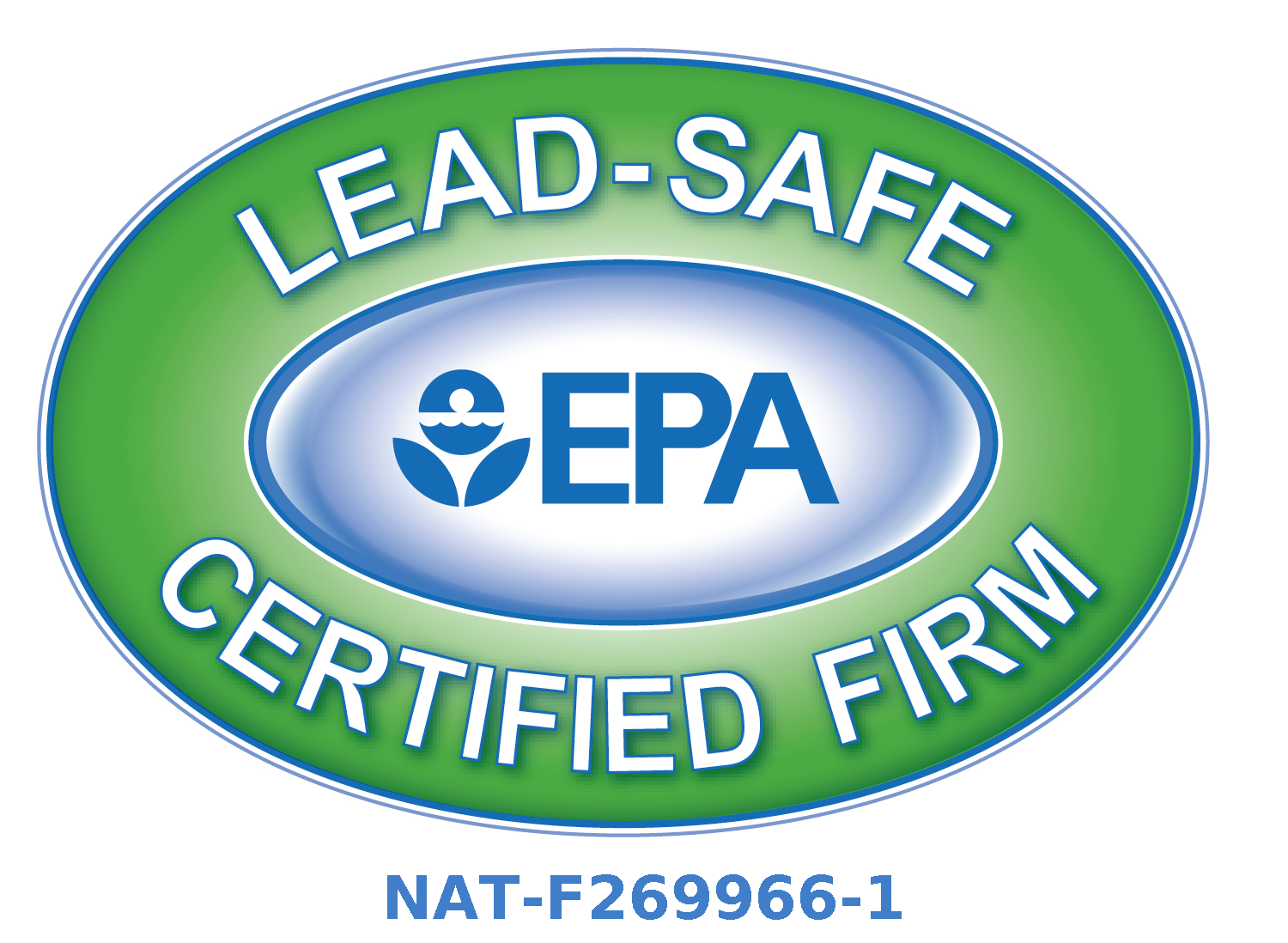Knowledge Center: Your Go-To Resource for ADUs and Tiny Living
Knowledge Center: Your Go-To Resource for ADUs and Tiny Living
Email [email protected]
Phone 860-TINY-HOM (es)

What are the insurance costs for ADUs?
The cost of insuring an Accessory Dwelling Unit (ADU) can vary widely, depending on the type of coverage needed, where the ADU is located, and the materials used in its construction. Generally, ADUs fall under either homeowners insurance or landlord insurance, depending on whether the unit is occupied by family or rented out.
Homeowners may simply add coverage to their existing policy to protect against property damage and liability related to the ADU. However, if the ADU is being rented, a separate landlord policy is typically required to properly cover the structure, income loss, and tenant-related risks.
The size of the ADU, the amenities included, and whether it’s furnished can also influence cost. No matter the setup, it’s important to compare quotes from multiple insurers to find the most efficient and affordable coverage for your specific ADU.
Key Factors That Affect ADU Insurance Costs
1. Size and Location of the ADU
Larger ADUs, or those built in regions prone to natural disasters (flood zones, wildfire areas, coastal regions), often carry higher premiums due to increased risk.
2. Construction Materials and Build Quality
Durable materials and high-quality construction can reduce the likelihood of damage—and therefore lower your insurance costs.
3. Security Features
Alarm systems, deadbolts, security cameras, and smart-home monitoring systems can make your ADU safer and more appealing to insurers, potentially lowering your premium.

Types of Insurance Coverage for ADUs
Dwelling Coverage
Protects the physical structure of the ADU from covered risks such as fire, storm damage, vandalism, or theft.
Liability Coverage
Covers legal and medical expenses if someone is injured in or around your ADU and you’re found responsible.
Additional Structures Coverage
Extends protection to other structures on your property—such as sheds, garages, or workshops—especially if the insurer groups them under similar risk categories.
Average Insurance Premiums for ADUs
Insurance costs can range from a few hundred dollars to over $1,000 per year, depending on risk factors, building materials, size, and whether the unit is used for rental income. Shopping around and reviewing multiple quotes is essential to ensure you're getting the most competitive price for the coverage you need.
Tips to Lower Insurance Costs for Your ADU
Install Security Enhancements
Insurers reward safety. Adding alarms, reinforced locks, motion sensors, and cameras reduces risk and may lower your premiums.
Keep Your ADU Well-Maintained
Regular inspections—checking for leaks, roof issues, electrical problems, or structural weaknesses—can prevent costly claims and keep insurance costs down.
Why Adequate ADU Insurance Matters
Mitigates Financial Risk
Unexpected events such as fire, water damage, or natural disasters can lead to costly repairs. Proper insurance acts as a financial shield, protecting your investment.
Preserves Long-Term Property Value
Your ADU adds value to your home. Insurance ensures that if something goes wrong, you can restore or rebuild without taking on major financial burden.
Conclusion: Protect Your ADU with the Right Coverage
ADUs offer incredible value—extra living space, rental income, or room for guests or family. Protecting that investment with the right insurance policy is essential. By understanding coverage types, exploring cost-saving strategies, and comparing policy options, you can confidently secure the best protection for your ADU.
Insurance may not feel exciting, but when you need it, you’ll be glad you have it.
FAQs
Are ADUs covered by homeowners insurance?
Often, yes—but coverage varies. Many homeowners policies include ADUs as part of the primary property, but you should verify coverage for liability and structural protection.
How can I determine the right amount of insurance for my ADU?
Start by assessing replacement cost, liability exposure, and any special features. An insurance agent familiar with ADUs can help ensure proper coverage based on your intended use.
Can renting out my ADU affect insurance coverage?
Yes. Renting typically requires additional landlord or rental liability coverage. Always inform your insurer if your ADU is used as a rental.

Copyright 2025. All rights reserved. Norwalk, CT
Connecticut's New Home Construction Contractor License: #NHC.0017654
EPA Lead-Safe Certified NAT-F269966-1


